Back in Class: What to Change, What to Keep?
By Lynne R. Dorfman & Aileen Hower

Aileen Hower
For many of us, the end of August marks the return to our classrooms. That means educators have started imagining goals for the new school year and prioritizing and ordering them.
Many teachers use parts of summer vacation to read widely, take graduate courses, attend online webinars, and start to develop an action list – what we’d like to change and what we’d like to keep in our classrooms as we move forward.
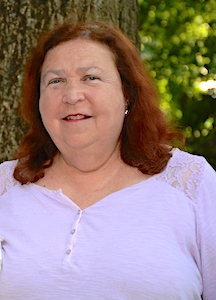
Lynne Dorfman
At the school level, the discussions will likely include ways to address “learning loss” that has occurred during the chaotic pandemic period of virtual and hybrid learning. We know some students are returning after several years of homeschooling and the question of “where they are” is inevitable and necessary.
But we believe it is social-emotional learning – not academics – that should be the focus for the first month of school. We want to talk about that in this post.
We need time to rebuild community
For many educators, it makes sense to start the year by learning our students’ names – or preferred names – and pronouns. In pandemic-impacted classrooms, students need more time to socialize – to talk with each other in paired partnerships, small groups, and whole-group settings. They will also need opportunities for one-on-one conferences with their teacher(s).
We want to give our students a safe place to interact, share their ideas, and be supported so they can feel less anxious, worried or afraid. We want to create an environment that embraces family diversity and prevents bias-based bullying.
We (Aileen and Lynne) have often used poetry to learn more about our students, asking them to write a “Where I’m From” poem loosely based on the poem by George Ella Lyon (read the poem and Lyon’s notes here and some student examples here).
In this way, students have a voice in their classroom, and we also share our own poems to make close connections with our students and ensure their visibility.
We have also given our students the time to complete interest surveys, to write short autobiographical sketches highlighting their successes and failures as students, writers, readers, mathematicians, etc., and to bring two or three pieces of reading material (not necessarily books) that they have enjoyed over the summer (or stories/poems they have written to share in a one-on-one conference). These practices are things we’d like to keep as community building tools.
Managing our goals
Some years ago, when Lynne returned to her classroom after attending the West Chester Writing Project invitational summer institute on the teaching of writing, she remembered the words of her facilitators, Bob and Lois, who advised participants to “think big, but start small,” echoing the sentiments of the guru of education change theory, Michael Fullan.
Lynne wanted to try so much, but she knew she needed to be patient and think about one or two goals that would focus her efforts when she returned to her fourth graders. She decided that keeping her own writer’s notebook and asking her students to do the same were worthy goals and closely related. She could model with her own notebook and show her students how her notebook was a place to gather writing topics and to practice the author’s craft.
The following year, Lynne tackled writing workshop and writing mini-lessons that followed the gradual release model but were tied to a mentor text. The next year was devoted to portfolio assessment, and then, to other formative assessment measures.
These progressive beginning-of-year classroom goals helped Lynne develop her love for writing and led her to work on a personal goal – to write a book about the teaching of writing that linked literature (or mentor texts) to author craft, grammar, punctuation, and all the qualities of good writing.
We need to ask ourselves thought-provoking questions
In the years that followed, Lynne continued to imagine the possibilities for each new beginning of school. Here are some key questions she often returned to as fall approached that helped her shape new goals and are still viable today.
- What are the underlying structures that support an effective writing and reading workshop model? Am I using them effectively?
- What are the organizational structures and routines that help students smoothly transition from one subject/activity to the next? Any additions? Tweaks? What worked? What didn’t work?
- What are the mechanisms and procedures used to communicate with my grade level colleagues, reading specialists, ESL teachers, coaches, and parents? Are there areas for improvement?
- How can I capitalize on opportunities for my students to confer with me and with one another?
- What opportunities have I built into classroom routines to allow for partnership and collaboration? How do I promote/encourage collaboration?
How can I help my students to develop the art of reflection? Am I modeling with my own reflective practices? Across the content areas?
- How do I monitor and document my students’ growth and interactions in new programs I am required to implement? My thoughts and feelings about these new programs?
- Is my record-keeping system (daily formative assessment) working for me? Does it need to be streamlined to make it more user-friendly?
- What part do I play as a teacher leader in my school/school district?
- How can I help new teachers with school initiatives? How can I help them feel comfortable and a part of the school culture?
- What about my classroom library? Do I need to do some weeding? How can I involve my students in the selection of books that will add to and energize my current collection?
- What am I doing to promote self-care? How will I schedule in time for me – to exercise, write professionally, read for pleasure, experiment with water color, take some art classes? How am I making personal connections with my colleagues (Remembering to smile as they pass me in the hallway, trying to eat lunch at least two or three times a week with grade level partners and/or other members of my school community)?
- How diverse, equitable, and inclusive is my classroom? My school? How can I be a bigger part of the shared decision-making process in my building? How can I encourage my colleagues to make their voices heard?
Aileen challenged herself to use tech authentically
Aileen’s change plans always seemed to revolve around the authentic use of technology to support literacy instruction.
Whether it was how to incorporate more read alouds into the day by using Storyline Online and other similar resources – or by having students gain a more authentic audience by recording themselves reading their writing – or by sharing favorite independent reads with classmates through video book talks or digital bookshelves, each year offered exciting new ideas.
More recently, Aileen has been sharing digital resources with preservice teachers in her college program to practice foundational literacy skills, such as those found in the University of Florida Literacy Institute. Covid’s impact on virtual learning has Aileen pursuing goals related to digital platforms, like facilitating comprehension lessons that help teachers ask students questions and introduce vocabulary words effectively when school is taking place online, so that learning can remain active and engaging.
Here’s a change goal: Get kids moving!
One thing we may need to change in 2022-23 is the amount of time our students are sitting. Many students are likely to rebel when asked to sit still too long. It was never a good idea and after their unusual amount of “footloose” time spent at home, we’re going to need to build in more time to move around.
Adding activities that require movement such as galley walks, “tea parties,” and “Find Someone Who…” can be helpful. Thinking back to poetry, Aileen has been introducing her future teachers to Janet Wong’s and Sylvia Vardell’s anthology book Hop To It: Poems To Get You Moving (Pomelo Books) to open the day with movement, to talk about math and science, to make social studies connections, or just to get students laughing. The 100 poems by 90 authors provide body-friendly brain breaks – especially good for students in grades 4-6.
We can also build into our daily schedules myriad opportunities for students to use learning stations, stand around tables to do science experiments collaboratively in groups or with a partner, or take a nature walk to sketch and write in their writer’s notebook.
Even the smallest adjustment in sitting time will help – stretches or yoga poses – both of which increase blood flow throughout the body and brain. Write a grant for some standing desks for your classroom and pedal desks where four students can sit and pedal a bike while they are working collaboratively at a table – or for “active seating” such as physio-balls, balance discs, or ergonomic stools. We know that physical activity helps to improve learning and social-emotional health.
Perhaps start with a list
What are the things you will keep/repeat? What are the things you want to change? What are some practices you need to let go of because they are not helping you to grow as an educator? Share your list with a trusted other. Think aloud and ask for advice if you feel you need some input. Use some of Lynne’s questions above to stimulate your thinking. And give yourself permission, in Fullan’s words, to Think Big – Start Small.
Remember, set a positive tone by maintaining a positive attitude. Lynne and Aileen have kept gratitude journals and write in them each day to help them stay focused and positive for their students. Our entries are small but remind us of all we appreciate in our daily lives. We both continue this practice to stay focused, mindful, and joyful. When we remain calm and clear-headed, we communicate better with our classes, create a more positive learning environment, and enjoy stronger relationships with our students.
We wish you a productive, joyful school year!
Aileen Hower is past president of Keystone State Literacy Association and assistant professor and graduate coordinator of the Masters in Education in Language and Literacy at Millersville University, as well as the graduate coordinator of the Program Specialist in ESL Certification. Currently, she serves KSLA as the ILA coordinator.
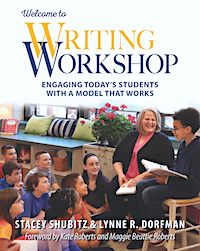

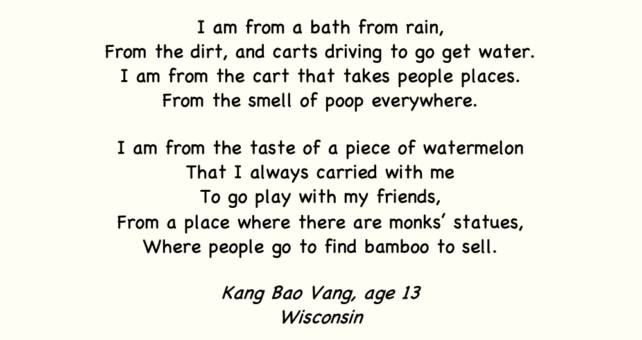
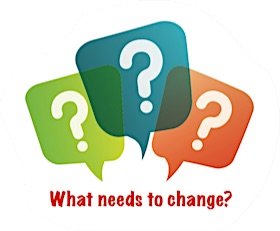
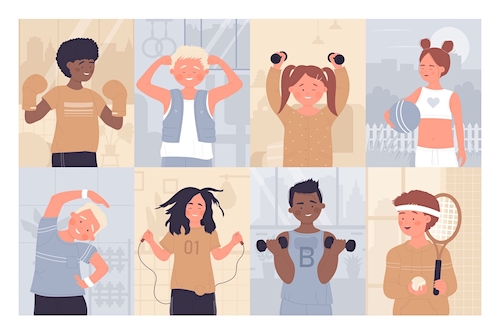


































Love each one of these ideas – two forces in our world of education, for sure! Aileen & Lynne, thank you!
Thank you, Frank. We love writing for MiddleWeb and sharing with teachers!